Jan Mikolášek (April 7, 1889 – December 29, 1973) was a Czech healer and herbalist. He grew up in a family of gardeners and then trained professionally in the field. He trained with spice maker Josefa Mühlbacherová, and he admired the Viennese professor, Valentin Zeileis from Gallspach.
The provided excerpt offers just a glimpse into the extensive article. To unlock the full content, become a Patreon patron. Our team meticulously gathers and curates valuable information, sparing you hours, days, or even months of research elsewhere. Our goal is to streamline your access to the best of our cultural heritage. However, a portion of the content is locked behind a Patreon subscription to help sustain our operations and ensure the continued quality of over 1,200 pages of our work.
Alternatively, you can contribute through Venmo, PayPal, or by sending cash, checks, money orders. Additionally, buying Kytka’s books is another way to show your support.
Your contribution is indispensable in sustaining our efforts and allows us to continue sharing our rich cultural heritage with you. Remember, your subscriptions and donations are vital to our continued existence.




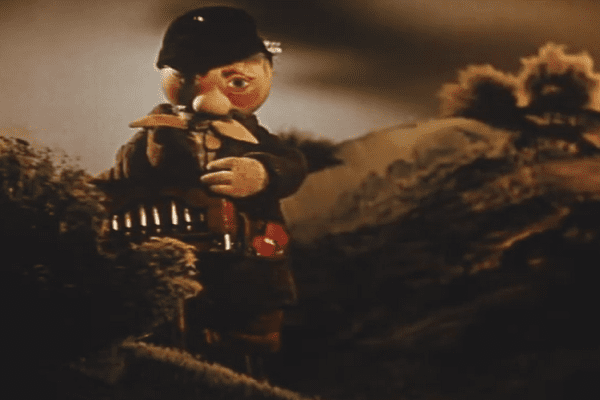
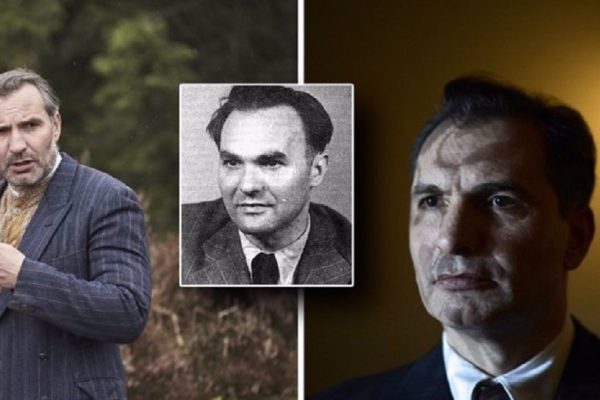
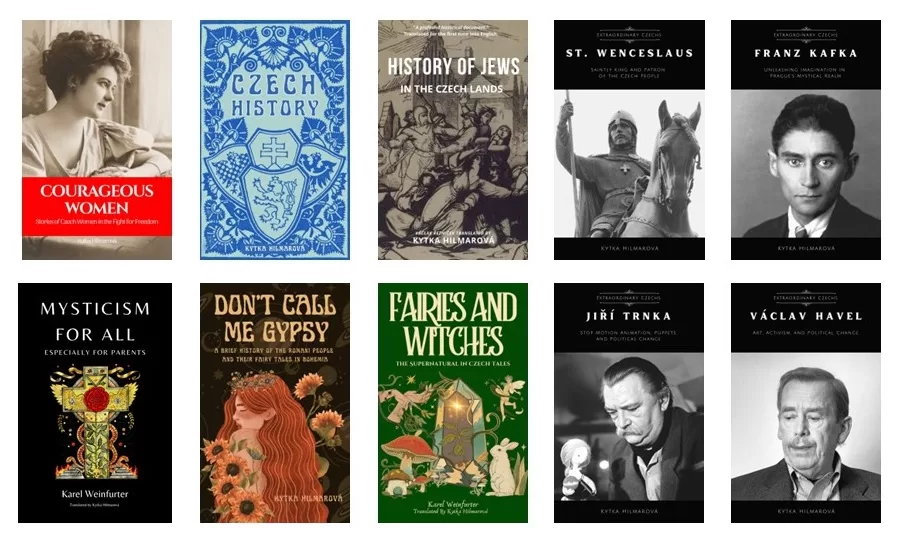


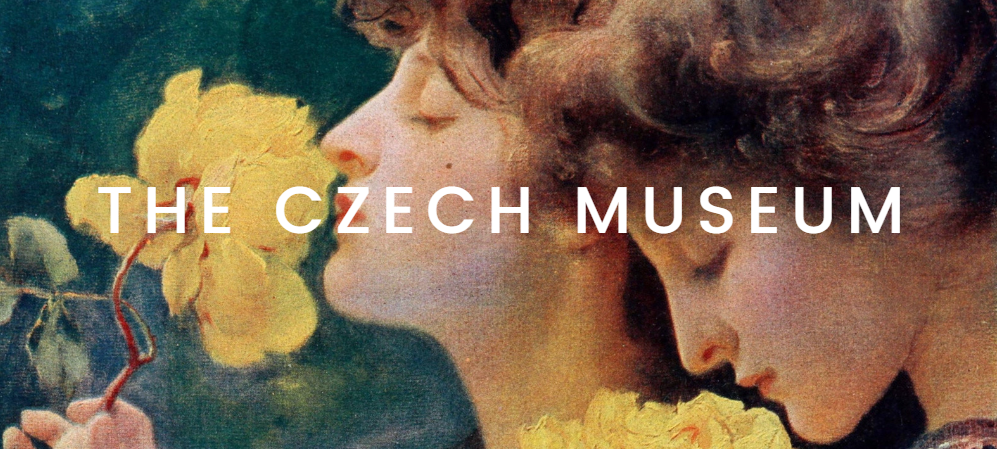
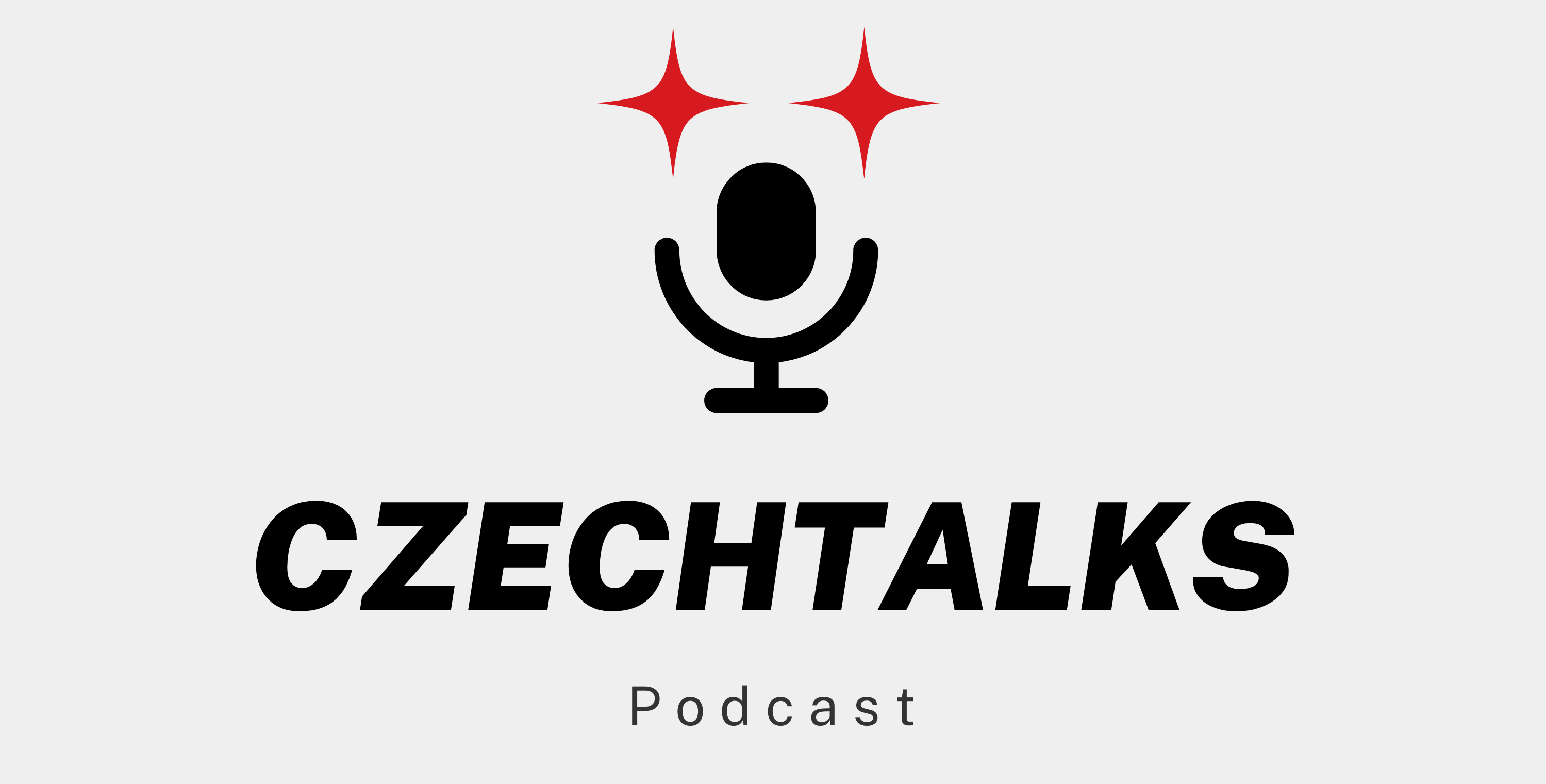

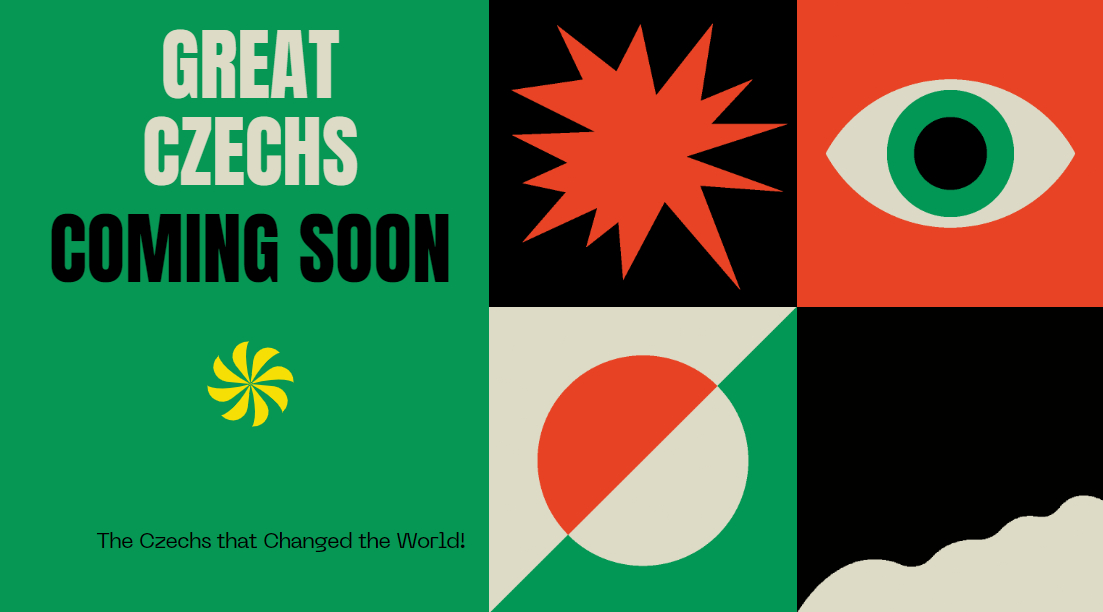

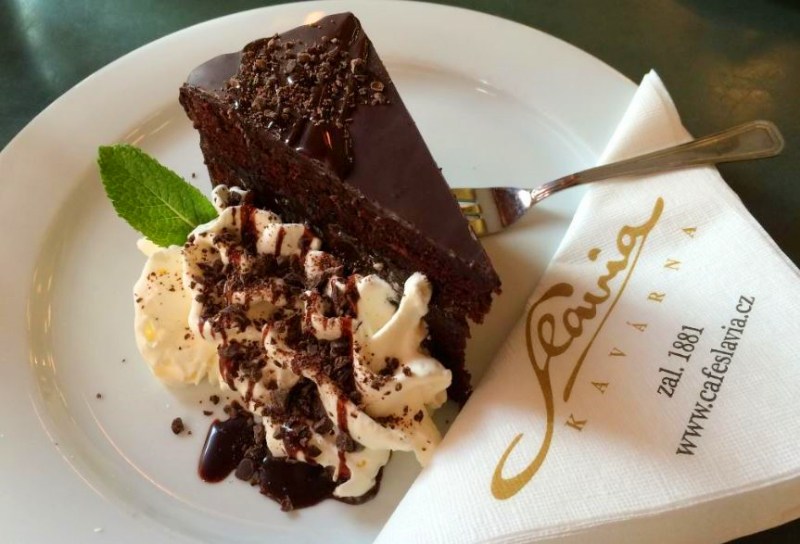
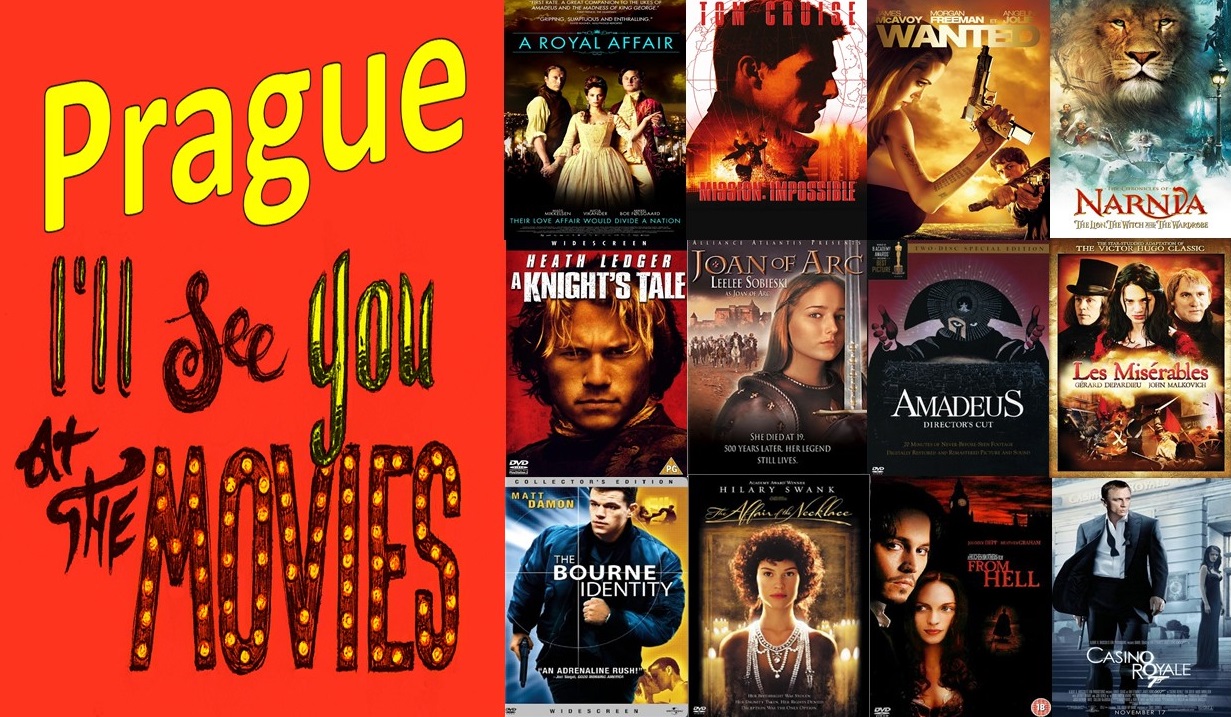

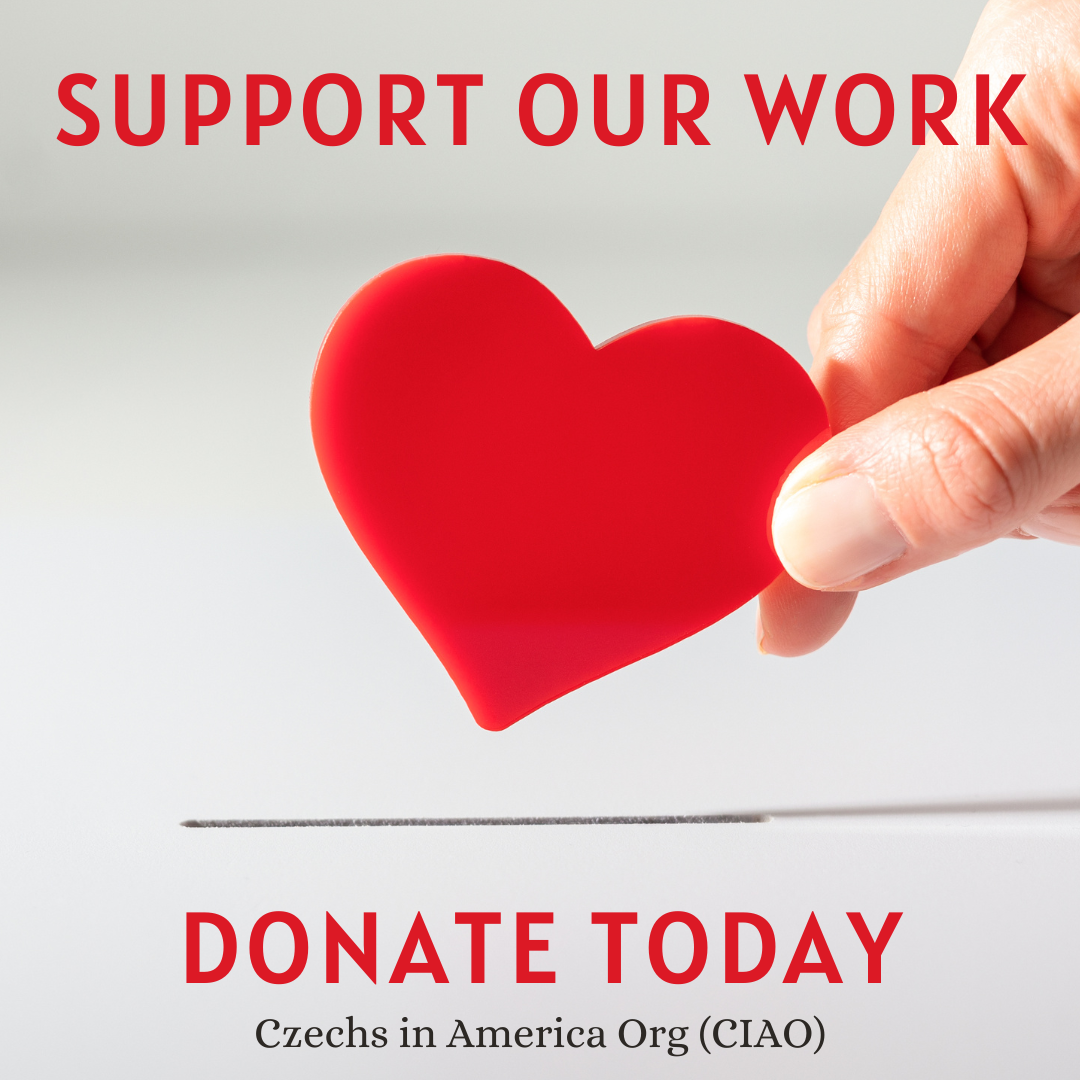
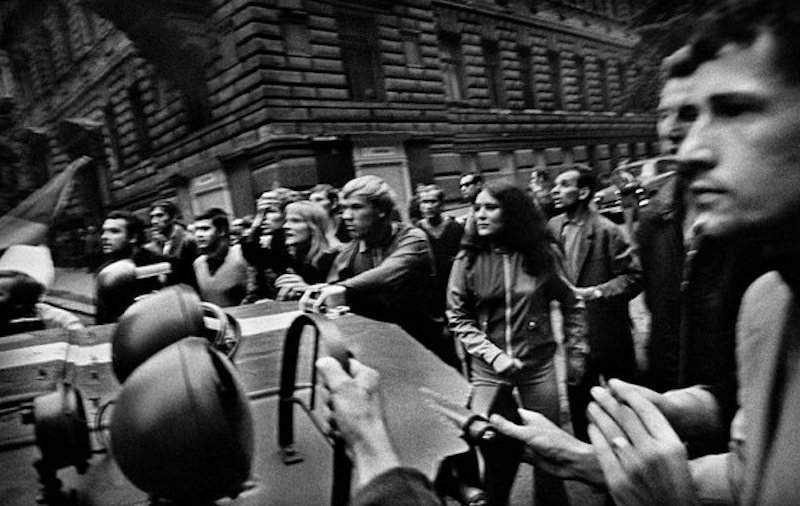
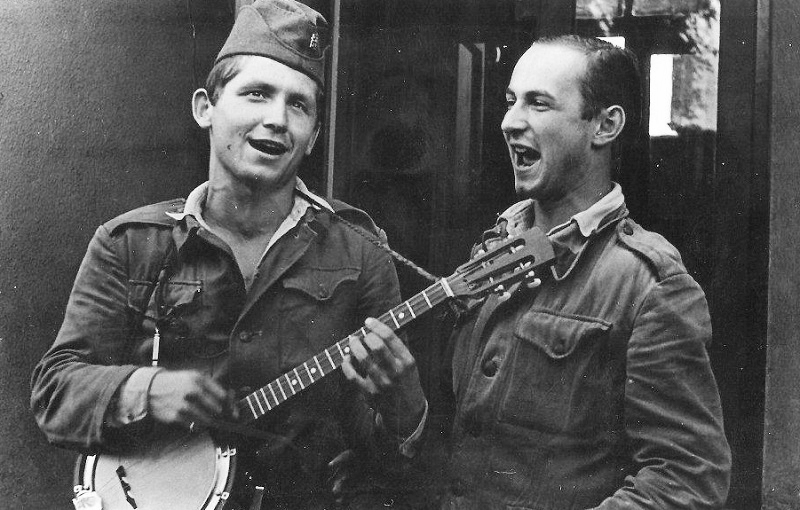
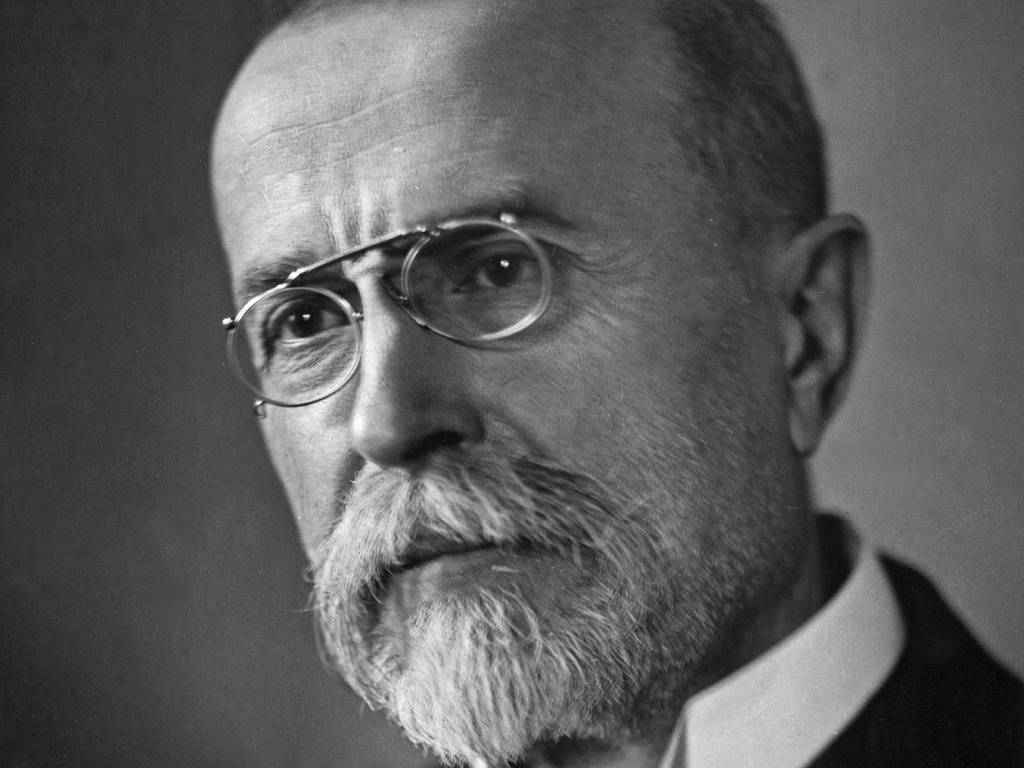
He was a healer and like all natural healers, the government tried to suppress him. I’m going to watch this movie and I am intrigued by his story. Thank you.